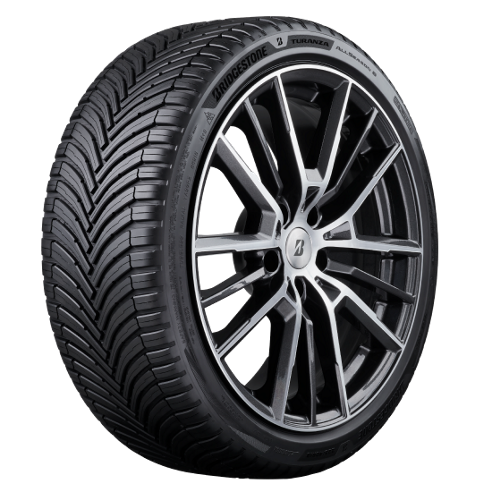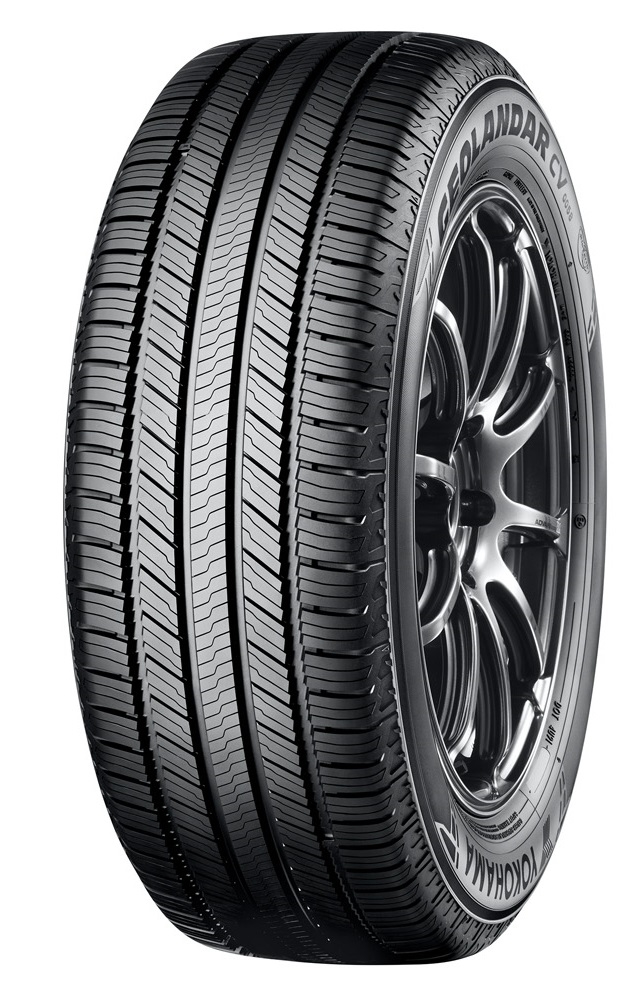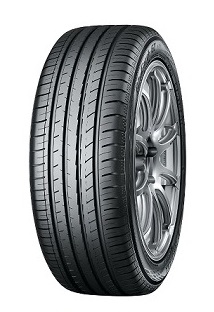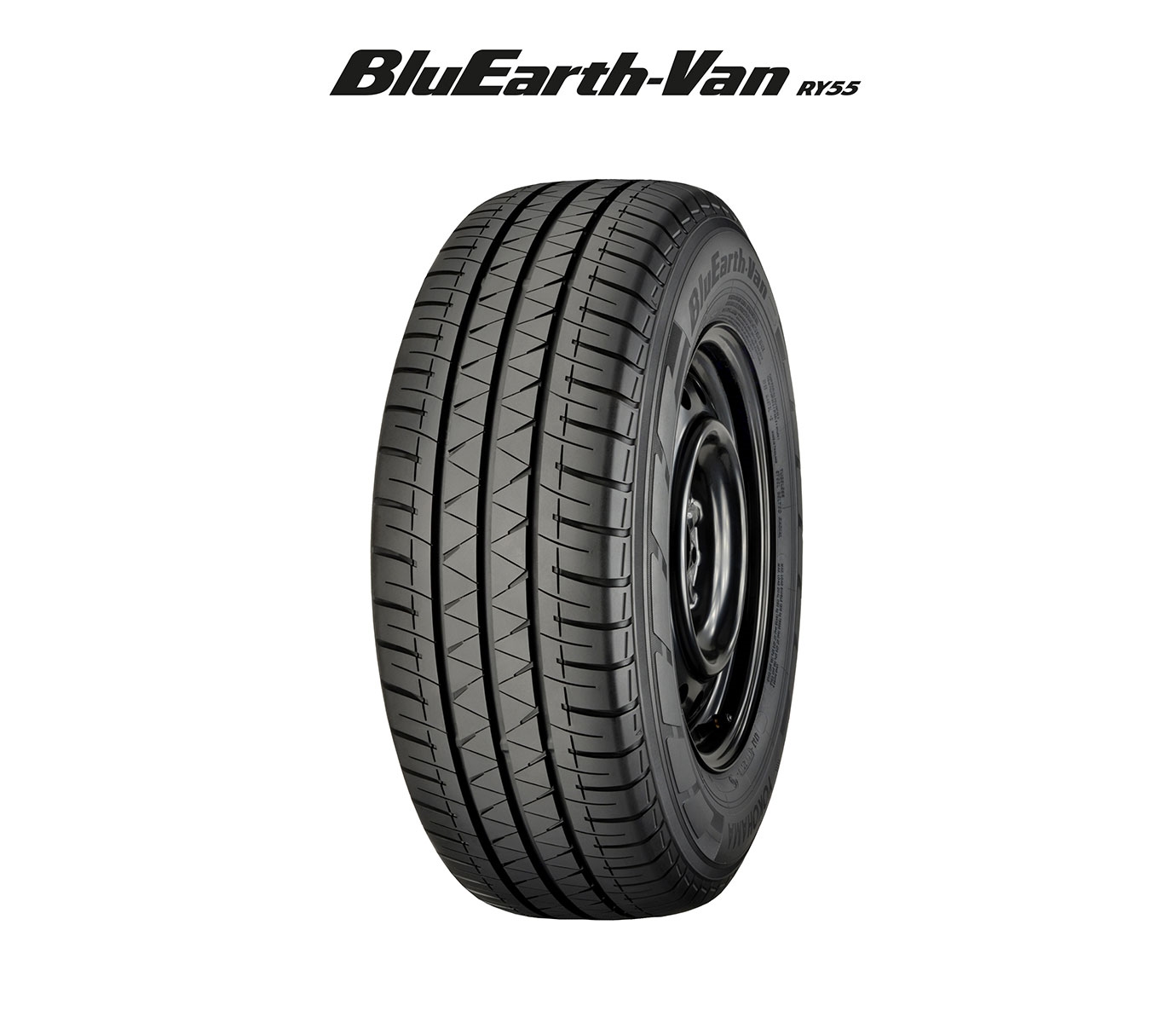Tyres have become a hugely important safety feature of modern cars, helping to protect cars and their drivers from the dangers of the road. Since the first rubber tyre was developed by Robert William Thompson in 1845, they’ve changed a lot. Novel stages in the production process, as well as shape and design innovations and new regulations, have helped make tyres safer for everyone.
Today, tyres are designed and fitted to strict specifications, with safety being a major factor. Environmental impact is also considered, as is the ease of use. Modern tyres can be installed easily, with the wheel being locked into place using wheel bolts that can be screwed and unscrewed. These wheel bolts are similar to machine screws that are found at RS. They’re highly specialised and designed to fasten metal materials together firmly and safely.
The birth of the tyre
Wheels have been used for thousands of years in some form or another. Originally made of stone or wood, these early wheels were fixed to horse-drawn contraptions to facilitate easy movement. However, it wasn’t until the 19th century that the first tyre was constructed. These early wheels were useful, but they had drawbacks in terms of safety and comfort.
Wheels were often wrapped in leather or metal to protect them from damage caused by the road. In 1847, Scottish inventor Robert William Thompson hoped to absorb some of the shock of the road by wrapping a wheel in several rubber tubes. However, his idea never went into production.
Later on, the concept of a rubber pneumatic tyre was developed by John Boyd Dunlop, a prominent veterinarian in Belfast, Northern Ireland. These early tyres were created with bicycles in mind, and soon after, the first cyclist using Dunlop tyres won races in Ireland and England.
The success of these original prototypes led to the creation of Dunlop Tyres, which helped develop new innovations such as the vulcanisation of natural rubber and the clincher rim for holding the tyres in place. Tyres were soon used to protect the wheels of automobiles, revolutionising travel as we know it.
Improving safety features
The original tyres were constructed from natural rubber due to its natural properties, which means it can withstand a lot of wear and tear without losing its resilience. However, over time this formula changed as manufacturers moved away from fully natural materials. Modern tyres now consist of around 19% natural rubber and 24% synthetic rubber. This has made them more sustainable while also improving their performance and safety.
With car transport slowly becoming an essential part of everyday life, tyre manufacturers had to make changes to ensure they could cope with the demands. Radial construction has helped make tyres stronger while also leading to lower fuel consumption and better overall car performance.
Tyre maintenance and low pressure have a major impact on car safety. By creating tyre pressure monitoring systems, car manufacturers are able to reduce the risk of accidents. In addition, new tyre tread patterns have been developed to offer more grip and ensure drivers can maintain control in all conditions.
The future of tyres
While a lot of visions of the future might involve personal flying vehicles, it’s unlikely that the tyre will be going away anytime soon. Cars have remained the most effective personal vehicle for decades, and new innovations are helping them become safer and more efficient.
Some interesting concepts for the future of tyres include models that are able to seal themselves when dealing with a puncture, ensuring that the car isn’t at risk of losing control. In addition, airless tyres, which don’t need to be inflated, could improve performance and reduce issues with low tyre pressure.








